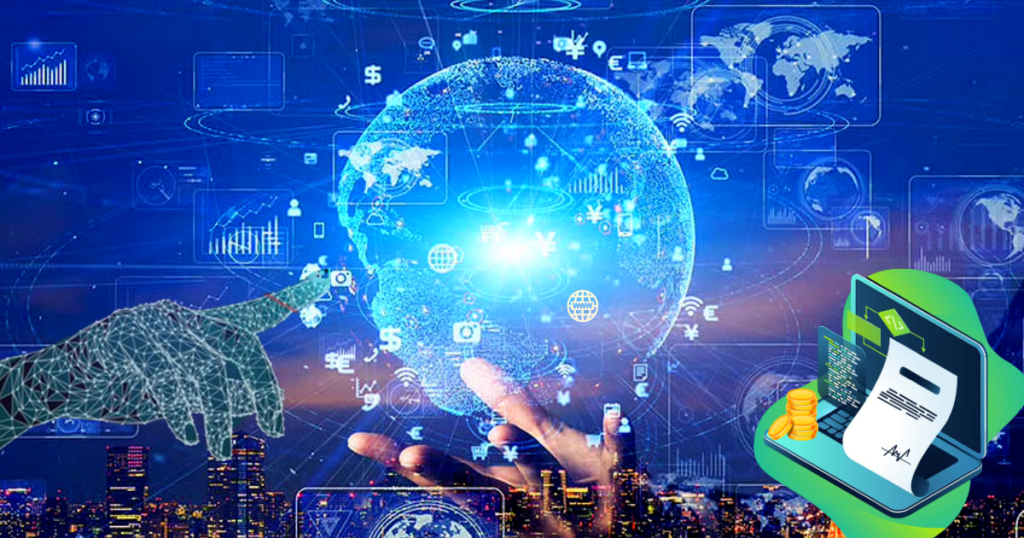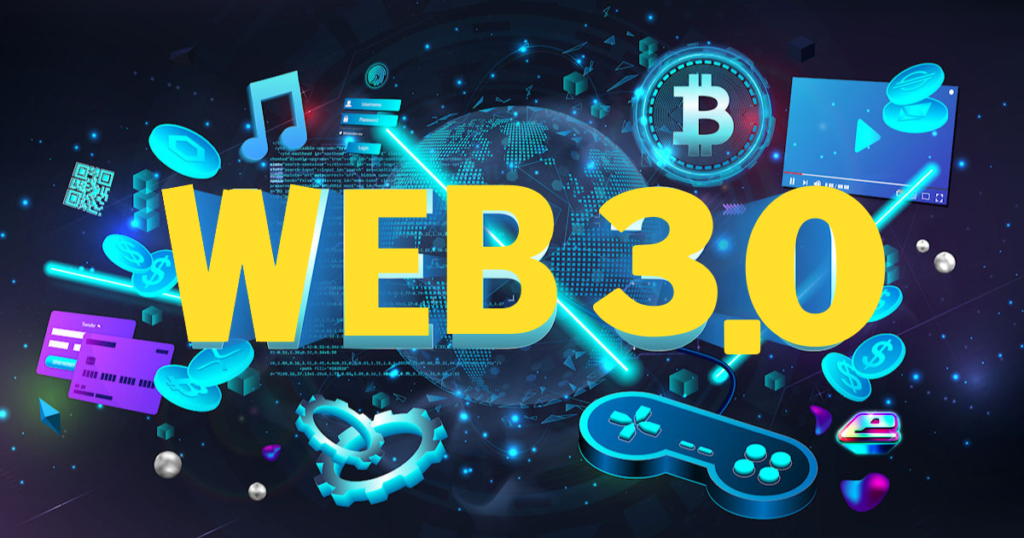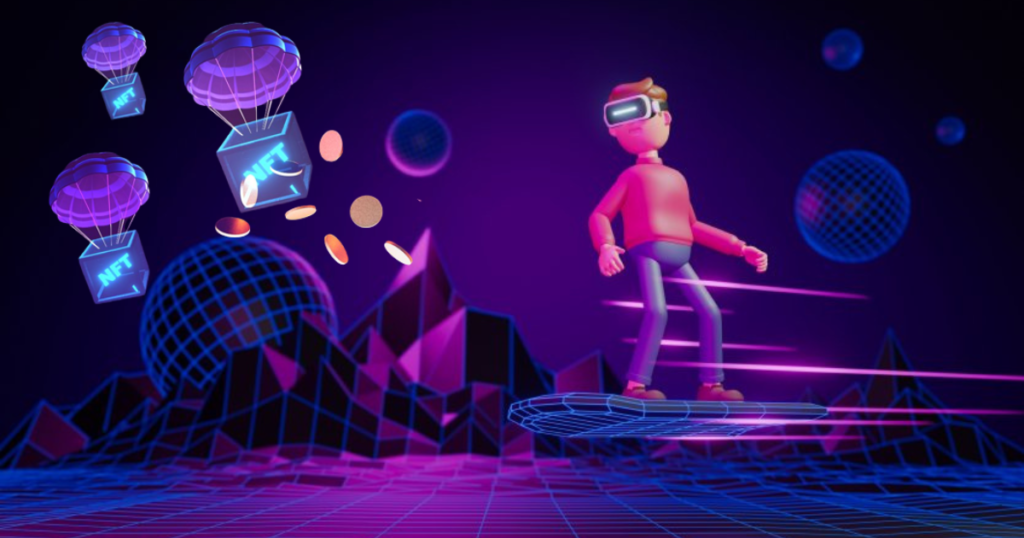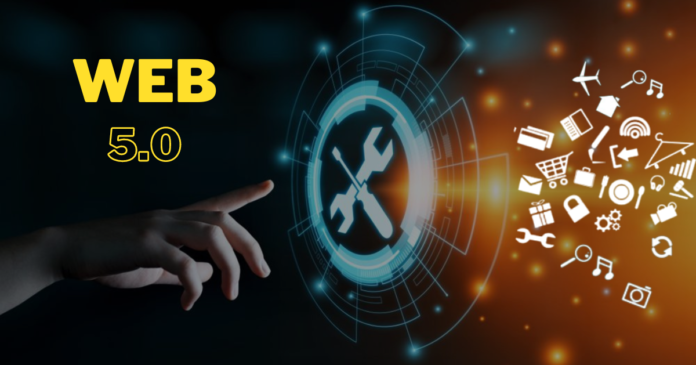Web 5.0 Explained: Since 1993 when the world wide web first went online technological advances have been made to improve the internet and provide a better user experience. Web 1.0 was notable for introducing technology such as the shopping cart and the ability to create static web pages. This internet era lasted from 1989 to 2005.
Web 2.0 followed which enabled more interactive features and user-generated content. Web 3.0 was soon on the scene, despite being relatively new this stage of the internet is built on semantic markup and web services. Web 3.0 focuses on the individual user. We’ve been told that web 5.0 is rapidly approaching and we’re still only just getting used to web 3.0.
In this article, discuss what is web 5.0 and its key features, what web5 will look like, what TBD is, the web5 roadmap, the pros and cons of web5, and how web 5 and web 3 are different, and of course share my thoughts on it.
What is web 5.0?
Web 5.0 is a decentralized platform that allows developers to create web applications using verifiable credentials. This platform is designed to give users control over their data. Web5 is still in development but there are already some indications about what the platform will look like. Web5 is expected to be a mix of web 2 and web 3 and will concentrate on creating a linked internet that is both intelligent and emotional. This will allow users to communicate directly as people can communicate with one another. Web5 will be fully functional and highly efficient once it reaches its final form. This project aims to foster emotional interactions between humans and computers. The project also aims to give users complete control over their data and identity. The status quo says that the internet can’t imagine how users feel and that they do not own user data.
Web5 could change this, one example of a website that can be made available using web5 maps a person’s emotions. Wearing headphones allows users to interact with the content on a website which will interact with the user’s emotions via facial recognition seeing identifiable changes in a person’s face.
Who is jack Dorsey?
Jack Dorsey, a well-known programmer philanthropist, and internet entrepreneur is best known for being the co-founder of Twitter incorporated. His company block inc a financial payments company was also his own creation. Dorsey’s investment in many web-based technologies has given him an extensive understanding of the internet and how it can be improved. Dorsey has voiced criticism of web 3 in recent months. Dorsey believes ownership is the primary concern in web 3.0 implementation. He stated that the internet does not own it and that venture capitalists and limited partnerships still hold ownership.
He believes that web 3.0 remains a central program with a different name. Dorsey’s belief that web 3.0 is still centralized has led him to a vision for what web5 can accomplish.
What is TBD?
TBD a newly created platform is the bitcoin-focused subsidiary of block inc. TBD announced that it would begin work on web 5.0 in June 2022. The basis of web 5 is that it’s built on bitcoin’s foundation. The web 5.0 roadmap TBD states that web5 will enable data storage and decentralized identity for applications that individuals own. Developers will be able to create unique user experiences using the platform. Each user will have their data and identity, TBD believes that third parties currently own identity and personal data this ownership has only shifted to web 3.0.
Although the web 5 projects was officially announced in June it’s still under open source development, which means there hasn’t yet been a release date. The leader of TBD mike brock stated that their web 5.0 platform would outperform another web 5 models. He stated that they use blockchain to develop an identity-focused censorship-free experience. TBD has started development on web 5.0, however, the team anticipates that development will be complex due to the need to abandon many assumptions about what a decentralized internet means.
What will web 5.0 look like?

Consider how virtual assistants can predict user needs by looking at their behavior, this is how web 5.0 works. Virtual assistants can accurately predict what users need even when there aren’t any clues. Web5 is essentially a predictive virtual assistant on a larger scale. This internet version will be capable of interpreting different types of information at much higher levels. Web5 must be able to interact with a person’s everyday activities, so it can naturally integrate with all that they do.
The factor which allows computers to communicate similarly to human communication is called artificial intelligence or AI. This technology allows computers to reason think and respond to user input which could make web 5 a reality sooner than most people realize. Web 5.0 unlike web 3 is more focused on the individual. Web 5 is supposed to offer each user a completely different experience. The interactions between people will vary if the AI can sense emotions and respond appropriately. The web 5.0 vision should be clear as technology and AI continue to advance.
Key features of web 5.0
Web 5.0 will benefit users once it’s fully developed and implemented, however, two core features are currently being addressed with this platform.
1- The ability to control your identity.
2- The ability to own all of your data
Your identity and data are now owned by corporations and third parties within the current web. Take control of your identity, web 5.0 allows you to control your identity. This is one of the most important uses of web5.
Let’s take the example of Susan she has a digital wallet that can securely manage her data authorization identity and general data for external connections and apps. Susan uses the wallet to sign into a non-centralized social networking application, because this application is connected to her identity she doesn’t need to create a profile. All the connections posts and relationships made through the app are saved on Susan’s decentralized web node. Susan can now change her application whenever she likes. In this case, her social persona would be with her at all times.
Take control of your data
Web 5.0 also allows you to own your data. Let’s say john hates the fact that his personal information is tied to one vendor. This unique data storage method requires john to find the same songs within each music app he uses and create the same playlists. Web 5.0 allows john to store his data on a web node. This allows him to give each music app he uses access to his preferences, settings, and other information, his personalized music experience can be added to any platform he visits.
Web 5.0 the Pros and Cons
Web5 is still in its early stages but you should be aware of some obvious pros and cons. These are the main benefits of the platform.
E-commerce will be able to adapt to the dynamic aspects of the internet and have real-time interactions. This version of the internet will have more dynamic elements which will encourage creativity. Web5 will be a decentralized platform powered by blockchain and built on the same structure as bitcoin. With full ownership, users can keep their identities and data private. There are many advantages to using this platform however there are some downsides. Web 5.0 is still in its infancy this means that web5’s results are yet to be determined. Businesses must accept the risk of adopting this platform in order to reap the tangible benefits.
Web 5.0 vs Web 3.0

These are the fundamental similarities between web5 and web3. These platforms were built with blockchain technology in mind. Interpersonal communication will become possible between people without the need for intermediaries, because of the emphasis on machine learning and AI searches and suggestions can be customized to meet user needs. These platforms have many similarities but there are some key differences.
Web5 will enable computers to respond to emotions via the brain’s signals. This is not possible with web 3.0 technology.
Web5 is a fully decentralized version of the internet, this means that no intermediaries or governments can store or control user data.
Web5 will be the only platform allowing users to seamlessly move between apps within their digital wallets.
The Evolution of the web (Web 1.0)
The novelty of web 1.0 Tim Berners-lee an employee at CERN a European research center was the first to bring the internet to life. Berners-lee created some of the core technologies associated with the internet including HTTP, HTML, and URL. Web 1.0 was first introduced in the 1990s when web browsers such as Netscape and internet explorer were first created. Web 1 was a basic version of the internet today even though the world wide web was a new concept over 30 years ago. Users had limited access to static web pages at first. These pages were stored on servers. Users could only read news articles, send emails and retrieve pages. Web 1 could only access a handful of interactive features; interactive functionality was only gradually enhanced with the advent of online banking.
Web 2.0
Web 2.0 the rise of web 2. the web1 platform was expanding as technology improved it now included interactive and dynamic features. Web 1.0 did not allow for user creation despite adding new features. Web 2.0 was introduced in the early 21st century. Web2 was the most popular version until web 3 became more widespread over the years. Web1 has changed many of the assumptions associated with web 1.
Web 1.0 was static but web 2.0 made web pages interactive and socially connected. Web2 also saw the rise of user-generated content. Many companies focused on creating and launching apps to attract large numbers of people to their platforms after web 2.0. Companies were able to collect user data making it easier for their users to be monetized. Web 2 can be seen as both a read-only network and a social internet, both are interactive users who were able to operate software and create content thanks to the inclusion of user-generated material. These features allow users to upload videos to youtube and interact with other Facebook users.
Transition to web 3.0
Web3 is still in its infancy but it’s primarily focused on making applications connect with other applications independent of user input. Machine learning, artificial intelligence, virtual reality and augmented reality make connecting data and information on the internet easier. Applications can now interpret data in web 3.0 to generate additional analysis and efficiency. Web 3.0 allows for contextual search which once implemented will enable search options that are tailored to your needs. Deductive reasoning, searching by name.
Web 3.0 does not allow applications to connect to data and execute functions without user input but it does allow them to give context and make complex decisions. However, web 5.0 is here to help.
Web 5.0 roadmap

TBD is developing a version of the internet based on bitcoin. This is due to Jack Dorsey’s support for bitcoin and his belief that bitcoin is the best-decentralized network. Web 5.0 will not need to use any protocols or centralized blockchain networks that web 3 relies on. Instead, it will rely solely on the bitcoin blockchain. TBD is still working on web 5.0 but there are some clues as to what the future holds. This project aims to create a class of decentralized protocols and apps that allow social communication, financial transactions, and apps to be filtered via web 5’s decentralized applications that store your user information. TBD is working on developing more of these apps to achieve this goal.
Decentralized Identifiers
An identity service that is self-sovereign and independent. An SDK for self-sovereign identity is a decentralized website node.
Is web 5.0 necessary?
Web5 may seem unnecessary based on what’s described and discussed in this article you can see that there are clear benefits to this version of the internet. These are not possible with the current web 3.0 version. Web3 is not entirely decentralized. Jack Dorsey says that people aren’t in control of their identities and data through web3. Web 5.0 should at the moment be viewed as an improved version of web3. Although the improvements may not be as apparent as those made during the transition to web2 from web1 they should offer users significant additional benefits.
Related: What is web 3.0 | Web 1.0, Web 2.0, Web 3.0 Explained
Conclusion
My thoughts web 5.0 technology remains in development but it’s an attractive platform allowing users to control and own their identity and data. Web5 will allow users to store their data in a decentralized digital wallet. This greatly increases safety and security. Jack Dorsey will provide regular updates on any web 5.0 developments. I hope you got value from this video and have a better understanding of what web 5.0 is, so I’m curious what are your thoughts on web5 do you think it will be a significant improvement from web 3 leave a comment below.

